2.3 Compound Microscopes as Scientific Instruments
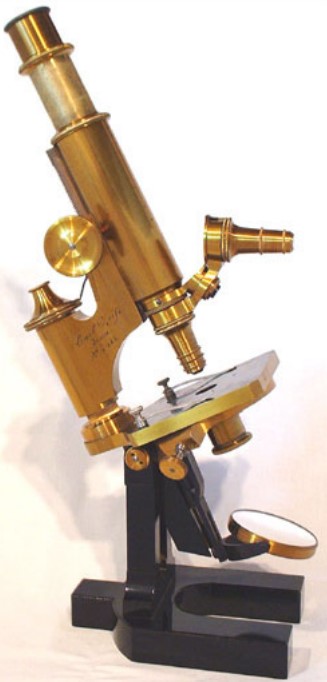
Figure 2.8: An Early Compound Microscope by Carl Zeiss
During the 18th century, chromatic aberrations were reduced in compound microscopes. However, it was only in 1930 that a way to reduce spherical aberration was found.
\[\begin{equation*} \text{Resolution} = \frac{0.61 \cdot \lambda}{NA} \end{equation*}\]
In 1873, Ernst Abbe developed his theory of microscopes and came up with the above formula.
2.3.1 Developments in Microscopes in the Past Century
Several types of microscopy have been developed in the past, namely:
Phase contrast microscopes
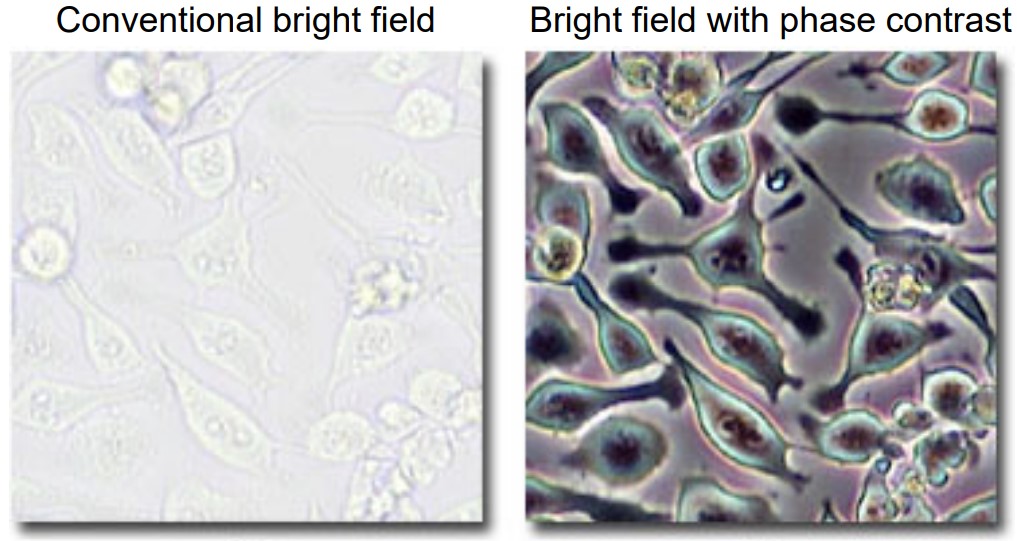
Figure 2.9: Comparison Betweeen Bright Field and Phase Contrast Microscopy on Live Cells
Confocal microscopes (1961)
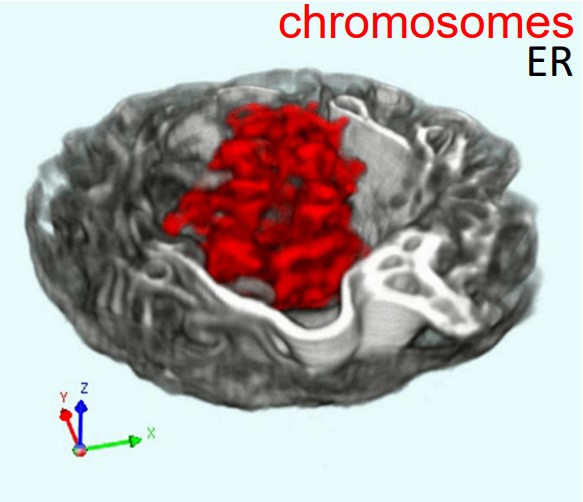
Figure 2.10: Confocal Microscopy Being Used to Visualize Organelles
Single molecule imaging (1990s)
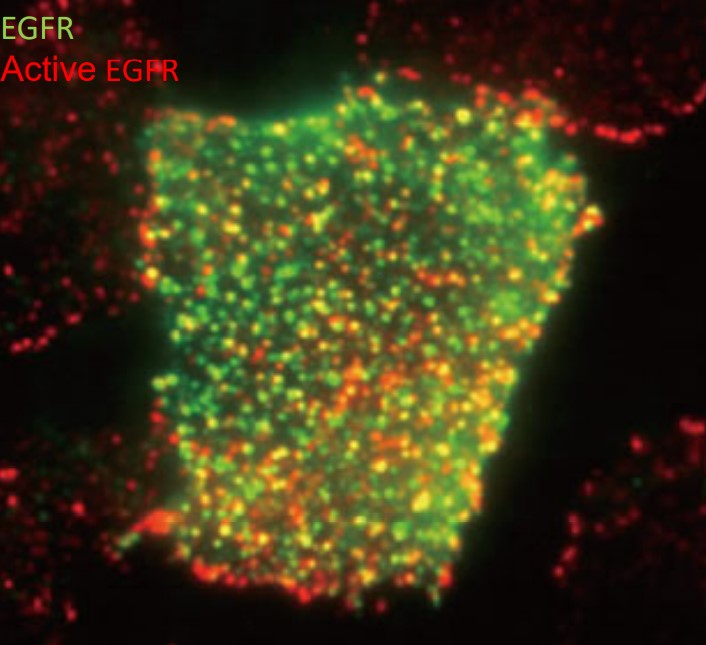
Figure 2.11: Single Molecule Imaging on a Sample
Super-resolution microscopes (2006)
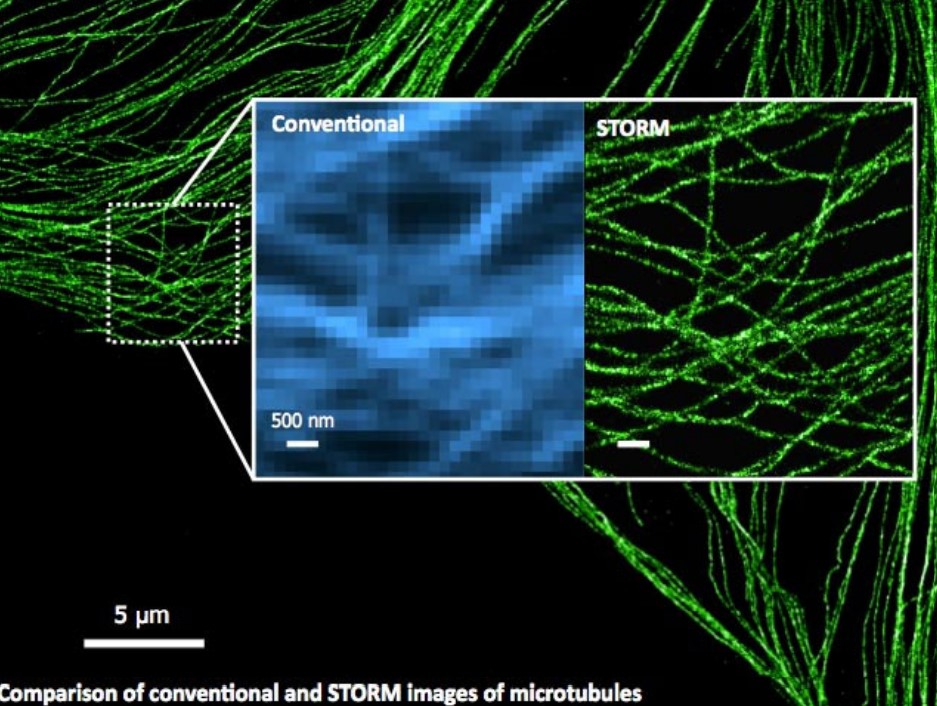
Figure 2.12: Super-Resolution Microscopy on Microtubules
The following men were also awarded the Nobel prize for their invention of super-resolution microscopy: Eric Betzig, Stefen Hall, and William Moerner.